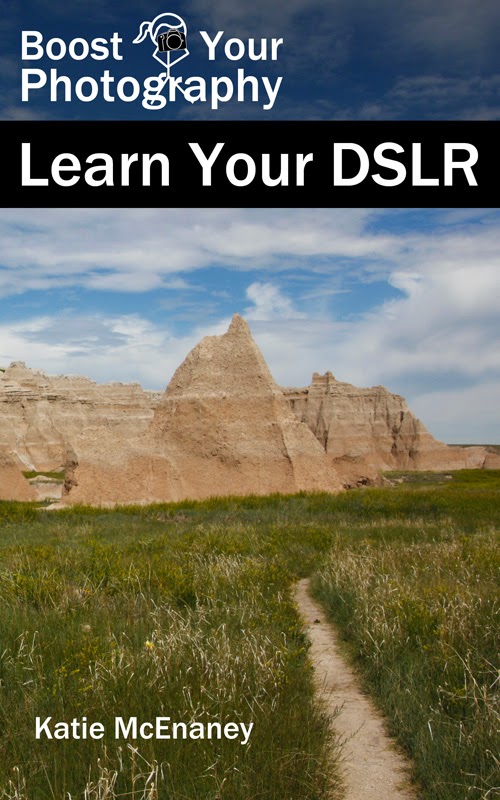When I first upgraded to my DSLR camera and started the use of it drastically, I discovered myself dealing with a whole style of problems, and for lots of them, I couldn?T discover clean answers on-line or in any of my beginning images books. I realized much later that a number of these problems had been so simple and essential that specialists who were taking pictures for a long time had in all likelihood forgotten that they had ever now not known a way to do such matters.

This is another article in an occasional series aimed at beginners called “Things Experts Forgot to Tell You” or “Things that You Forgot you had to Learn.” (Previous articles include Why Won’t My Lens Focus?,All about Exposure, and More about Exposure: how to fix common exposure problems.) Maybe you’ve just purchased your first DSLR camera or perhaps you’ve had one sitting around for awhile that you’ve been meaning to start using. The next big steps are getting out there, figuring out what you and your camera are capable of, and learning where to get answers to your questions. While the first two steps are up to you, this series is an attempt to briefly cover some of the questions that might not have yet occurred to you to ask.
 |
| Aperture controls how a great deal of your photograph is in recognition. These leaves were shot at f/three.8. |
Fall Leaves at F/3.8 by Archaeofrog on Flickr
Aperture, F/Stops, and the Difficulty of Talking about Fractions
Aperture is a value, expressed in a unit called f/stops, that refers to the relative size of the opening of your lens when you take a photograph. The bigger the opening, the more light that your camera lets in and the smaller the depth of field (the area of the subject in focus). The smaller the opening, the less light that you camera lets in, but the greater the depth of field (the more of your image that will be in focus). There was a brief discussion of the impact of aperture in the article Remember the Background and Move Your Feet. |
| Crab Apples at f/1.8 (left) and Close-Up Rose at f/22 (right) |
Here's what kept me confused about aperture for the longest time when I started getting serious about my photography and particularly when I started reading a lot of books and articles about photography: the terminology for aperture seemed hopelessly muddled. This is where the fractions come into play. (Now, don't get me wrong. My mother is a math teacher, and I have no problems with fractions, per se, but they definitely interfered with my reading of photography books in this instance.)
The f/stop number is actually a fraction, so you can think of the ones used in the example above as 1/1.8 and 1/22 instead. Translate those into decimals, and you have 0.5 (repeating forever) and 0.045 (repeating 45 forever). This means that f/1.8 is actually a 'larger' number than f/22, even though intuitively you would look at them and assume that 22 is a 'larger' number than 1.8. So, when I was reading about larger or smaller apertures, I kept confusing that with what I was reading about wider or narrower apertures. Here it is restated as bullet points just to make it obvious.
- F/1.8 A larger aperture value (larger fraction) = a wider opening = more light coming in = shallower depth of field (much less in focus) and a faster relative shutter speed
- F/22 A small aperture value (smaller fraction) = a narrower opening = less light coming in = a wider depth of field (much more in focus) and a slower relative shutter speed
 |
| These two photographs were taken consecutively at f/1.Eight (left) and then f/18 (proper). This close to a topic at f/1.8, the depth of discipline is confined to the the front rim of the spoon and the row of stars immediately under. |
Patriotic Spoon Reflection by Archaeofrog on Flickr What eventually helped me was just to focus on remembering what each aperture could do for me, photographically, and keep it at that. All the larger/wider/smaller/narrower was just too much. If you understand what each end of the aperture spectrum can do for you, you will be well on your way for using aperture to achieve the look you want in your photographs.
Try It Out
Set your lens to aperture priority mode. (You will choose the aperture, and the camera will choose the shutter speed. Keep your ISO at 100.) Pick a subject and take two photographs: one with the aperture wide open (f/1.8 or as close as you can get) and another with a narrow aperture (f/22). Compare the two images. Think about whether one aperture better fit the subject you had chosen and why.Stay tuned to continue our exploration of aperture with a discussion of what f/1.8 can do for you, what f/22 can do for you, and what about the rest? or check out more posts geared towards beginners. Click 'For Beginners' up at the top or try the rest of our series,Camera Settings and Strategies:
- All about Exposure: correct, creative, and equivalent exposures
- More about Exposure: how to fix common exposure problems in your photography
- Shutter Speed: an overview

Want to analyze extra?Boost Your Photography: Learn Your DSLR is now available from Amazon. Get the maximum out of your digital camera with practical advice approximately the technical and creative aspects of DSLR pictures that will have you ever taking lovely photos right away.
No comments:
Post a Comment